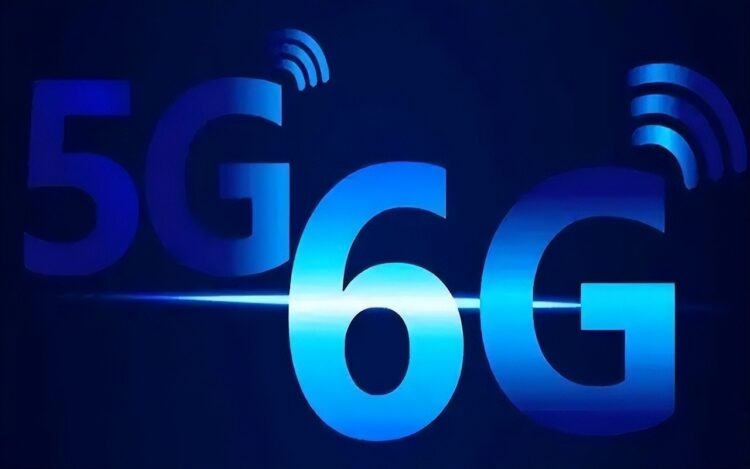No, there is no 6G base station in the world yet. However, South Korea has announced plans to deploy the first 6G base station in 2028. The country is investing heavily in 6G research and development, and it is seen as a leading contender in the race to develop the next generation of mobile networks.
South Korea’s 6G base station will use terahertz (THz) waves, which are a type of electromagnetic radiation that is much higher in frequency than the waves used by 5G networks. THz waves offer the potential for much faster data speeds than 5G, and they could be used to support new applications such as augmented reality, virtual reality, and autonomous driving.
In addition to South Korea, other countries that are investing heavily in 6G research and development include China, the United States, Japan, and Europe. It is likely that the first commercial 6G networks will be deployed in the early 2030s.
Here are some of the key features of 6G base stations:
- Terahertz communication: Terahertz communication is a new technology that uses waves in the terahertz frequency band to transmit data. Terahertz communication is expected to be much faster than 5G, and it could be used for applications such as real-time video streaming and autonomous driving.
- Ultra-low latency: Latency is the time it takes for data to travel from one point to another. 6G is expected to have ultra-low latency, which will make it possible for applications that require real-time communication, such as online gaming and virtual reality.
- Artificial intelligence: Artificial intelligence (AI) is expected to play a major role in 6G. AI can be used to improve the performance of 6G networks, and it can also be used to develop new applications for 6G.
- Augmented reality: Augmented reality (AR) is a technology that overlays computer-generated images in the real world. AR is expected to be a major application for 6G, as it can be used for applications such as gaming, education, and training.
Overall, 6G base stations are expected to be much faster and more reliable than 5G base stations. They will also be able to support new applications and services that were not possible with 5G.







